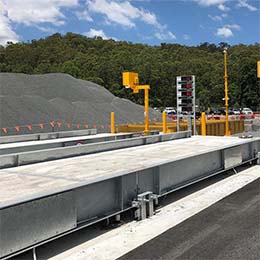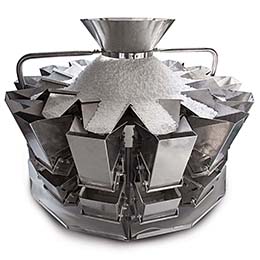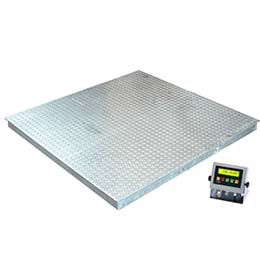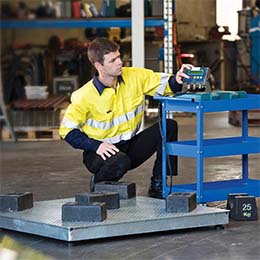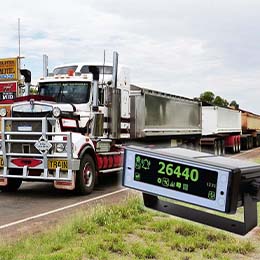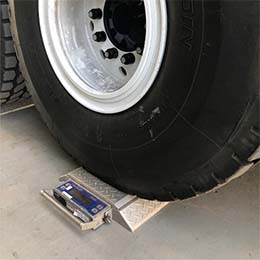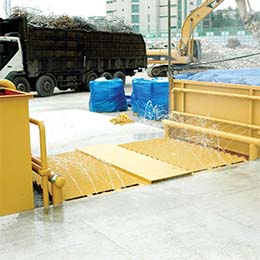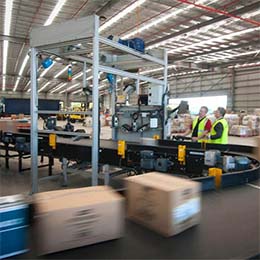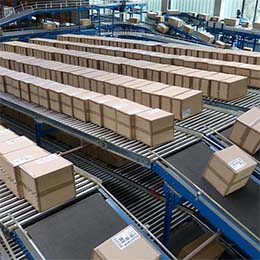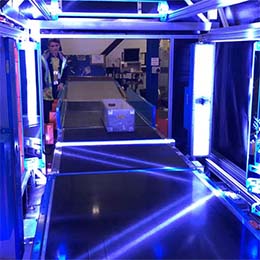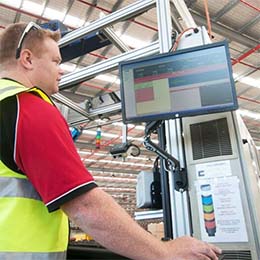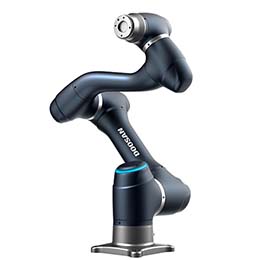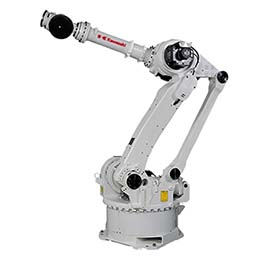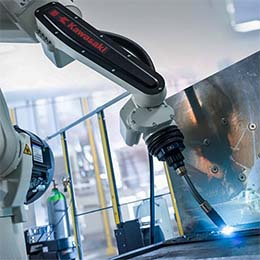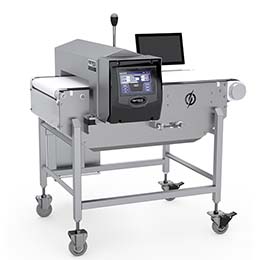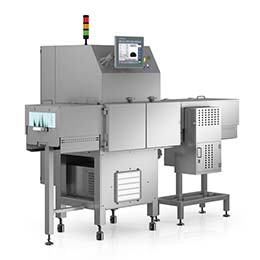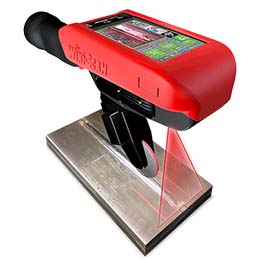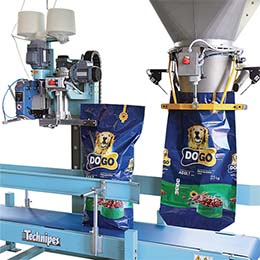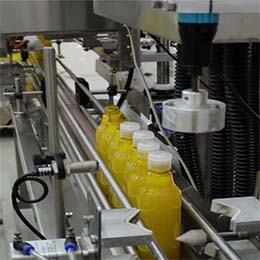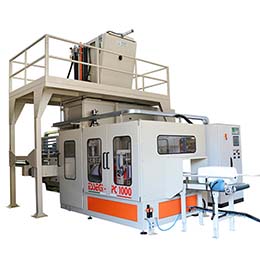It’s no secret that robotics technologies can automate repetitive, time consuming manual tasks. In fact, robotics enable any enterprise to boost productivity, quality and efficiency. All this leads to lower costs, increased profitability, improved customer satisfaction, and reduced WHS risks.
What is often less understood are the processes involved in visioning, designing and commissioning a robotics system that realises your operational objectives and how to calculate the rapid return on investment.
Diverseco’s team of business analysts and robot automation experts have devised the following framework to help businesses identify and quantify all the sources of increased profits, cost savings and operational improvements that are delivered by a robotics automation system. Justifying the cost of a robotics automation system comes down to the ability to gain (and prove) a payback on your investment. This is achieved by comparing the financial benefits of your current system against those associated with automation.
While the economic justification is based on the capital costs and operating expenses of the robotics installation compared with current costs and projected cash flow benefits, other benefits should also be taken into consideration. Some of these benefits cannot be easily quantified, such as the competitive advantage your organisation is likely to gain that will support long-term growth rather than just provide short-term savings.
Assigning quantitate values to intangible factors such as ‘competitive advantage’ is necessary if these factors are to be included in your financial analysis. Otherwise, they can only be used as weighting factors when determining the best alternative for your organisation.
Factors to consider for an in-depth cost analysis of initial capital investment include:
- Robot(s) price
- Peripheral equipment (such as end-of-arm tools, safety barriers, sensors, PLCs and HMIs)
- Engineering costs (such as programming, installation and commissioning)
- Project management costs
- Training costs
- Production line modifications
Capital investment costs then need to be compared against your current operating costs and the long-term measurable economic benefits provided by robotic systems. These include:
Reduced direct and indirect full burdened labour costs
- It is important that fully burdened labour costs, which include general liability, workers’ compensation insurance, paid holidays, sick days, vacations and share of utilities are accounted for in your calculations (rather than only your employees’ hourly rates).
- Another contributing is the fact that extensive training is required to produce skilled workers in some industry sectors, such as welding, and there is often a skills shortage. While worker turnover is rarely considered during costings, it does play a significant role in justifying the cost of a robotics system.
Increased productivity
- Comparing your company’s current productivity with what can be achieved through automation is calculated by forecasting product volumes and production times. For example, in welding applications the manual or semiautomated deposition rate might be 300mm per minute before a skilled welder needs to rest. In comparison, a robot can consistently provide quality welds for 600mm per minute—and beyond—without any issues.
- Robots can complete tasks significantly faster compared to that of manually managed processes.
From a productivity perspective, it’s also important to consider the reliability of robots; a robot does not impact productivity by taking sick leave or seeking employment elsewhere.
Increased product quality
- Robotics will improve product quality due to the removal of human errors.
- A robot is adept at repeating processes without variation for longer periods than a semi-automated or manual process. This leads to increased product quality, increased customer satisfaction and demand, reduced waste and fewer instances of costly, time-consuming rework.
Increased production flexibility
- Modern robotics automation systems can manage quick tool and fixture changes due to the fact that a robotic cell can accommodate flexible layouts that include several different tooling nests. For example, in a welding application, the robot can be programmed to attend to one welding process using one nest for an extended period, or it can perform tasks on small batches of each part. Plus, with a robot able to store multiple programs in its memory, the operator need only select a different program and the robot action a different process.
Reduced manufacturing input and energy costs
- Robots are active for only the required time.
Reduced WHS risks
- Many manual processes are rife with WHS risks. For example, flash, toxic fumes, sparks and heat, and performing repetitive tasks make manual welding taxing, hazardous and, at times, downright dangerous. Other manual tasks such as those involved in materials handling and palletising process expose workers to a wide range of strain injury risks. With the introduction of robots, you eliminate many of these risks, thereby protecting your workers, increasing production and reducing your costs.
Simple Return on Investment Calculator
While the following simple return on investment calculator describes an example of results over a 7 year period, the average lifetime of a robot is 12 years. This means that, in many cases, you can expect an even shorter payback period. It should also be noted that more complex ROI analysis will consider all previously mentioned factors, as well as the ‘time value’ of money.
| Year 1 | Year 2 | Year 3 | Year 4 | Year 5 | Year 6 | Year 7 | |
| Labour Costs | $100,000 | $100,000 | $100,000 | $100,000 | $100,000 | $100,000 | $100,000 |
| Cumulative Labour Costs | $100,000 | $200,000 | $300,000 | $400,000 | $500,000 | $600,000 | $700,000 |
| Robot Cost | $250,000 | $1,000 | $1,000 | $1,000 | $1,000 | $1,000 | $1,000 |
| Cumulative Robot Cost | $250,000 | $251,000 | $252,000 | $253,000 | $254,000 | $255,000 | $256,000 |
| Annual Saving | $-150,000 | $99,000 | $99,000 | $99,000 | $99,000 | $99,000 | $99,000 |
| Total saving over 7 years $444,000 | |||||||
Payback Period
The payback period is calculated by dividing the initial capital cost of the robotics system by annual savings. In this example, the initial capital cost of the robotics system is $250,000 and annual savings amount to $99,000. Therefore, the payback period is 2.5 years!
Want to learn more about how Diverseco can help your company to realise all the benefits provided by welding automation? Contact our expert team to discuss your requirements and arrange a feasibility study.

